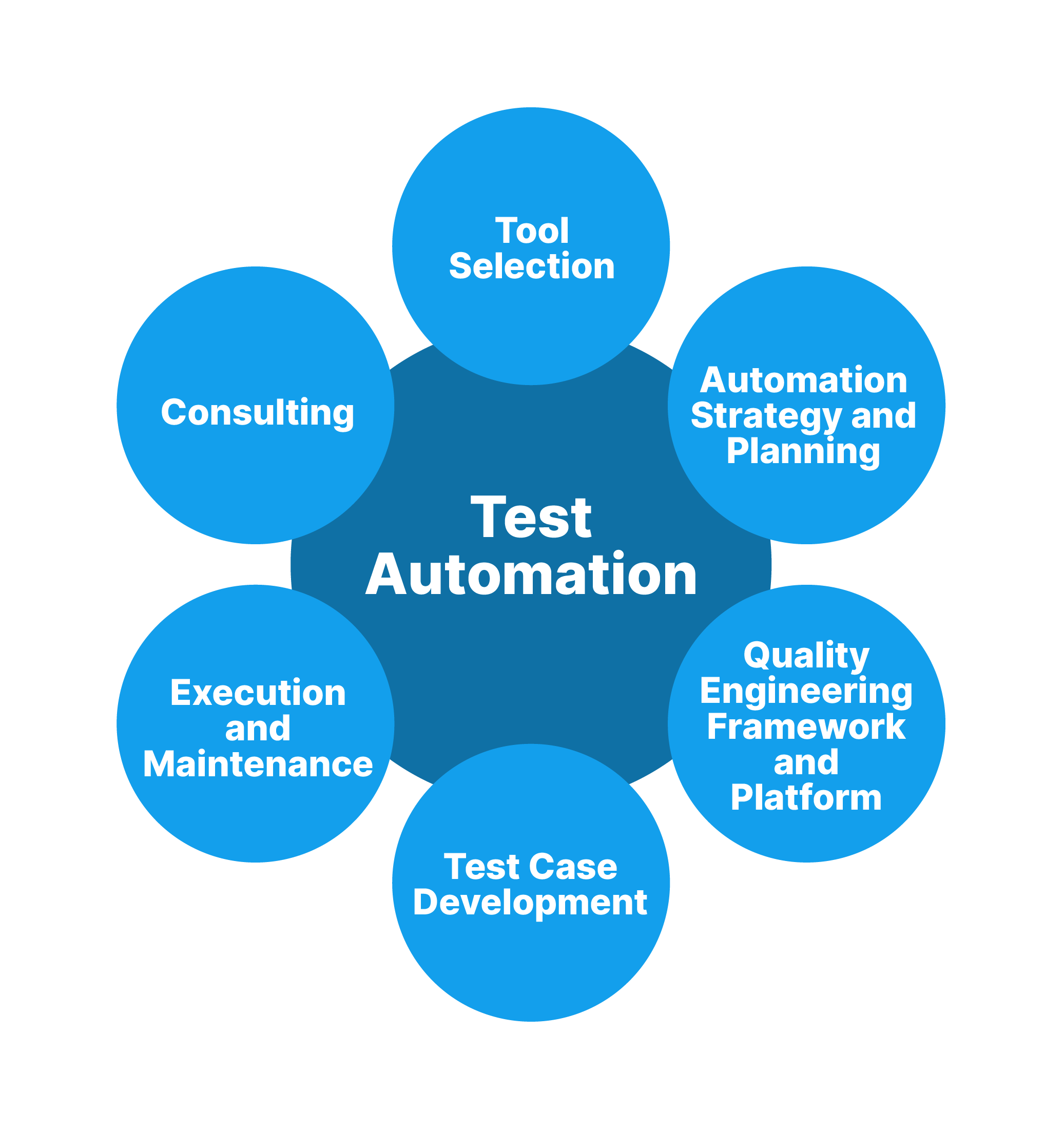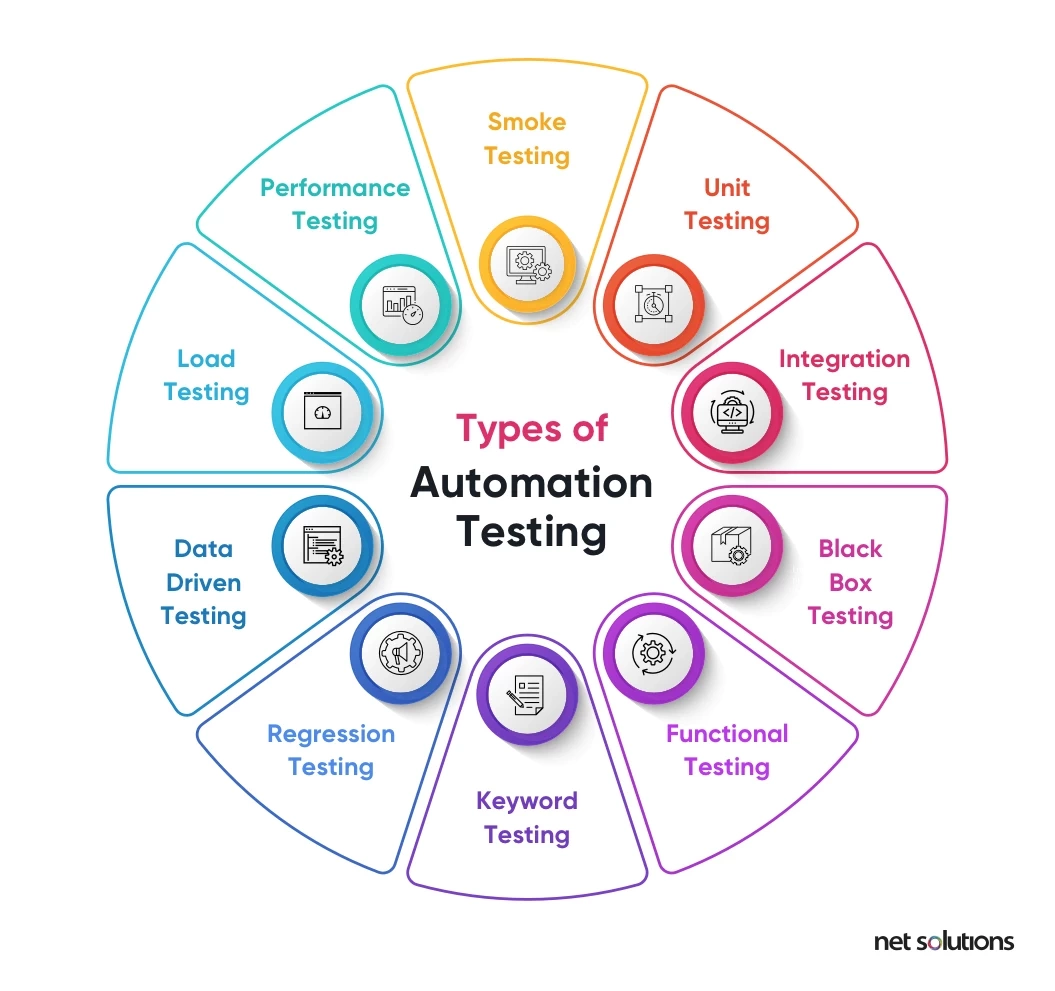From Manual to Automated Testing: A Comprehensive Guide to Transitioning Smoothly and Successfully
In the realm of software screening, the shift from guidebook to automated procedures has come to be a progressively vital change for organizations looking for to improve efficiency and precision in their screening methods. The journey from handbook to automated testing is not without its obstacles, but when approached purposefully and with a clear strategy in mind, the benefits can be significant.
Benefits of Automated Evaluating
Automated screening offers many benefits, boosting efficiency and accuracy in software application development processes. Automated examinations can be run all at once on multiple devices and operating systems, drastically speeding up the testing phase compared to hands-on screening.
Furthermore, automated testing makes certain a higher level of precision in identifying flaws. Consistency in screening is likewise improved, as automated examinations carry out the same actions precisely each time they are run.
Picking the Right Tools

To start with, examine your demands and goals. Understand the scope of your project, the modern technologies entailed, and the ability of your group. This analysis will help you figure out the attributes and abilities you require in your screening devices.
Secondly, consider the compatibility of the tools with your existing systems and procedures. Smooth combination with your current software growth lifecycle is vital to make sure a smooth shift to automation.
Additionally, review the scalability and adaptability of the devices. As your testing requires progress, the tools need to be able to adjust and suit modifications efficiently.
Last but not least, aspect in the support and neighborhood around the tools. Durable support and an active individual community can give important sources and support when implementing automated screening. By thoroughly considering these elements, you can pick the right tools that straighten with your requirements and set the phase for a successful change to automated testing.
Writing Efficient Examination Scripts

When crafting examination scripts, it is vital to think about the specific demands of the software being checked and ensure that the manuscripts resolve all critical performances. Descriptive and clear calling conventions for test scripts and test cases can improve readability and maintainability. In addition, incorporating mistake handling mechanisms within the test manuscripts can assist in recognizing and addressing problems without delay.
Additionally, arranging examination manuscripts into modular elements can boost reusability click here now and scalability, decreasing redundancy and boosting efficiency in test manuscript upkeep. Normal reviews and updates to check manuscripts are crucial to equal advancing software demands and capabilities. By adhering to these principles, testers can create efficient and durable examination manuscripts that add considerably to the success of automated screening procedures.
Integrating Automation Into Workflows
By seamlessly incorporating automated testing devices like Selenium or Appium into the software program development lifecycle, groups can achieve faster responses on code changes, leading to quicker insect discovery and resolution. This integration permits for constant screening throughout the development process, ensuring that any type of concerns are identified early on, resulting in greater software program high quality. Correct integration of automation tools calls for collaboration between growth, testing, and operations groups to develop a unified workflow that enhances performance our website and effectiveness in providing high-grade software application items.
Making Certain a Smooth Shift
Efficiently transitioning to automated testing includes careful preparation and careful execution to lessen disturbances and make best use of performance in the software development process - automation testing. To make sure a smooth transition, it is necessary to start by performing a comprehensive analysis of the present screening processes and recognizing areas where automation can bring one of the most substantial advantages. Involving with all stakeholders early in the procedure, consisting of programmers, testers, and task supervisors, is vital for amassing assistance and buy-in for the automation effort
Communication is essential during this transition phase. Clear communication of the goals, advantages, and assumptions of automated screening assists to handle any type of resistance or issues that may arise. Additionally, giving ample training and sources for employee to upskill in automation tools and techniques is essential for making certain an effective shift.

Verdict
In conclusion, transitioning from manual to automated testing provides various benefits, including enhanced effectiveness and dependability. By choosing the proper devices, composing efficient test scripts, and integrating automation perfectly into workflows, organizations can ensure a effective and smooth change. It is necessary to welcome automation as a beneficial property in software program screening processes to improve overall top quality and performance.
In the world of software application testing, the change from guidebook to automated procedures has become an increasingly essential change for companies seeking to boost performance and precision in their testing practices. Automated examinations can be run concurrently on Get More Information several devices and operating systems, drastically speeding up the screening stage compared to hand-operated testing. Consistency in screening is likewise improved, as automated examinations perform the same actions precisely each time they are run.To make certain the effective implementation of picked testing tools, the production of effective examination scripts plays a critical function in validating the capability and performance of automated procedures - automation testing. By following these concepts, testers can create durable and reliable test manuscripts that add substantially to the success of automated screening processes